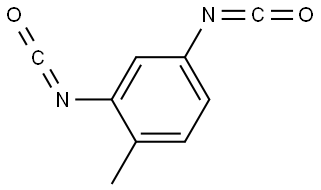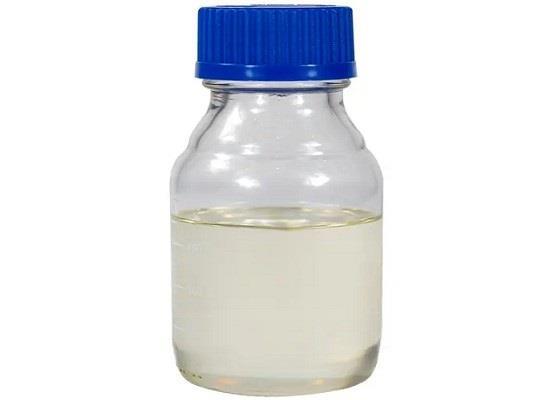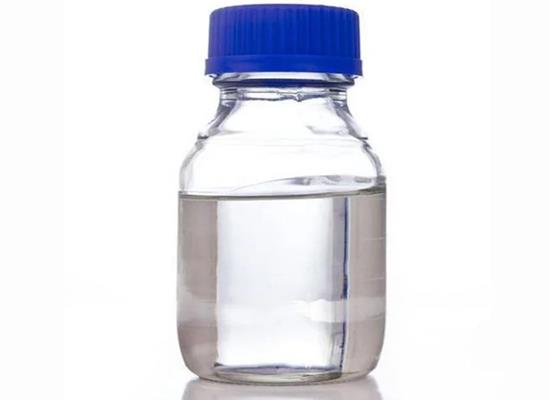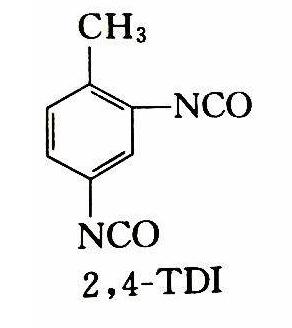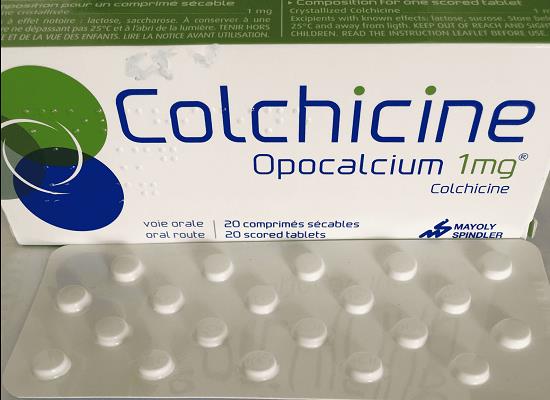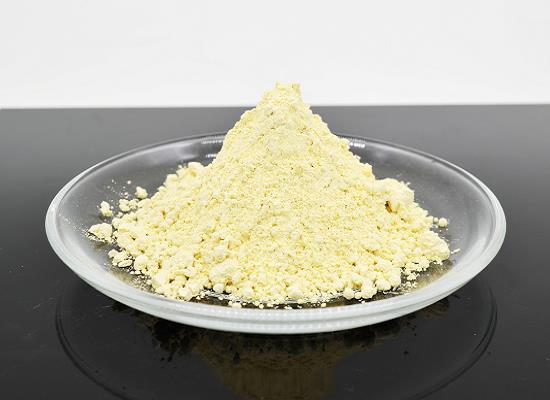Exploring the applications and toxicology of tolylene-2,4-diisocyanate
General Description
Tolylene-2,4-diisocyanate is used in various applications. It plays a critical role in the fabrication of gelatin electrospun membranes with enhanced antibacterial properties. Tolylene-2,4-diisocyanate is also employed in the development of chemically sensitive potentiometric sensors using lignin-based polyurethanes for detecting specific ions. Additionally, tolylene-2,4-diisocyanate/TiO2 hybrid networks offer durability and superhydrophobicity in coatings, along with efficient cation adsorption and photocatalytic properties. However, it's important to note that tolylene-2,4-diisocyanate is highly toxic, causing severe irritation and allergic reactions upon exposure. Safety precautions must be followed when handling this chemical.
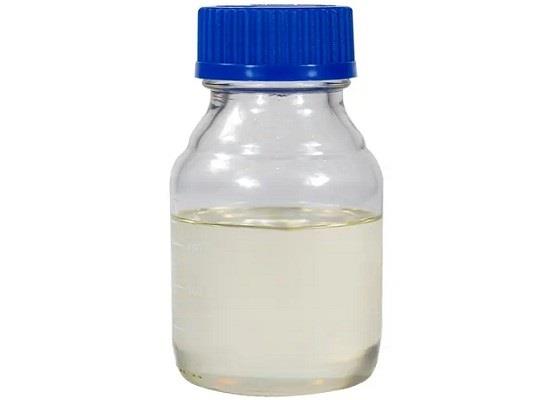
Figure 1. Tolylene-2,4-diisocyanate
Applications
Gelatin electrospun membranes
Tolylene-2,4-diisocyanate plays a critical role in the fabrication of gelatin electrospun membranes with enhanced antibacterial properties. The process involves the synthesis of two bis(diaryldiazomethane)s functionalized with amino groups, which are used for surface modification of the membranes. Subsequently, these modified membranes are reacted with tolylene-2,4-diisocyanate, resulting in the formation of urea-functionalized materials. This reaction allows for the reversible binding of hydrogen peroxide onto the surface of the membranes. By incorporating amino-substituted diazomethanes and cross-linking them with diisocyanates, the membranes achieve high loadings of hydrogen peroxide. This significantly enhances their antibacterial activity, providing a promising approach for the development of high-loading antiseptic and antibacterial biomacromolecular surfaces and interfaces using gelatin-derived membranes. The application of tolylene-2,4-diisocyanate in the preparation of gelatin electrospun membranes enables the surface modification and cross-linking reactions that contribute to improved antibacterial properties and the efficient loading of hydrogen peroxide, thereby expanding the possibilities for developing effective antibacterial biomaterials. 1
Potentiometric chemical sensors
Tolylene-2,4-diisocyanate has been employed in the development of chemically sensitive potentiometric sensors using lignin-based polyurethanes. Industrial sulphite and kraft lignins, as well as laboratory oxygen-organosolv lignin, were co-polymerized with tolylene-2,4-diisocyanate-terminated poly(propylene glycol). To enhance electrical conductivity, multiwall carbon nanotubes (MWCNTs) were added to the lignin-based polyurethanes. The sensors prepared from these materials exhibited a low or negligible response to various cations except for Cr(VI) at pH 2. The sensors based on kraft, organosolv, and lignosulphonate lignins showed sensitivity values of 39, 50, and 53 mV pX(-1) respectively towards Cr(VI). In Cr(III)/Cr(VI) solutions, organosolv and lignosulphonate sensors demonstrated redox sensitivity close to theoretical values of 20 and 21 mV pX(-1) respectively. However, a weak response was observed in solutions containing Fe(CN)(6)(3-/4-). The addition of MWCNTs effectively increased the electrical conductivity of the lignin-based polyurethanes, making them promising materials for Cr(VI)-sensitive potentiometric sensors. This research demonstrates the potential application of tolylene-2,4-diisocyanate and lignin-based polyurethanes as a platform for the development of chemically sensitive sensors, particularly for detecting Cr(VI) ions. 2
Superhydrophobic coatings
Tolylene-2,4-diisocyanate/TiO2 hybrid networks offer a solution to the durability challenge faced by superhydrophobic coatings under UV illumination. These coatings often experience degradation over time, leading to a loss of their hydrophobicity. However, the surfaces made from tolylene-2,4-diisocyanate/TiO2 hybrid networks showcase superior UV durability and maintain superhydrophobic properties. Through careful control of the tolylene-2,4-diisocyanate fraction during synthesis, the thickness of the tolylene-2,4-diisocyanate encapsulation layer surrounding the hybrid networks can be adjusted. This allows for the retention of superhydrophobicity even after continuous UV exposure for a month when the weight ratio of tolylene-2,4-diisocyanate/TiO2 is 5:1. Additionally, these hybrid network surfaces exhibit efficient cation adsorption and photocatalytic properties, enabling them to effectively clean methylene blue solution and potentially reduce cation pollution in liquid and air environments. The application of tolylene-2,4-diisocyanate in the development of tolylene-2,4-diisocyanate/TiO2 hybrid networks presents promising potential for achieving long-lasting superhydrophobic coatings and addressing cation-related environmental concerns. 3
Toxicology
Tolylene-2,4-diisocyanate is a highly toxic chemical. Exposure to this substance can cause severe irritation to the eyes, nose, and throat, as well as respiratory symptoms like coughing and shortness of breath. It can also lead to lung inflammation, chemical burns, and allergic reactions such as skin rashes and itching. Handling tolidine-2,4-diisocyanate requires careful precautions, including use in well-ventilated areas and appropriate personal protective equipment. Immediate reporting of accidents and seeking medical attention are crucial. Prolonged exposure can result in lung disease and other adverse health effects. 4
Reference
1. Yu X, Wang L, Yang P, et al. Preparation,
Post-Modification, and Antibacterial Application of Gelatin Electrospun
Membranes. Macromol Biosci, 2018, 18(8):e1800093.
2. Rudnitskaya A, Evtuguin DV, Costa LC, et al. Potentiometric chemical sensors from lignin-poly(propylene oxide) copolymers doped by carbon nanotubes. Analyst, 2013, 138(2):501-508.
3. Huang Z, Gurney RS, Wang Y, Han W, Wang T, Liu D. TDI/TiO2 Hybrid Networks for Superhydrophobic Coatings with Superior UV Durability and Cation Adsorption Functionality. ACS Appl Mater Interfaces, 2019, 11(7):7488-7497.
4. 2,4-Toluene diisocyanate, United States Environmental Protection Agency, 2016. https://www.epa.gov/sites/default/files/2016-09/documents/2-4-toluene-diisocyanate.pdf
Related articles And Qustion
See also
Lastest Price from Tolylene-2,4-diisocyanate manufacturers

US $500.00/kg2024-11-07
- CAS:
- 584-84-9
- Min. Order:
- 1kg
- Purity:
- 99.9%
- Supply Ability:
- 200000

US $0.00/KG2023-04-28
- CAS:
- 584-84-9
- Min. Order:
- 1KG
- Purity:
- 99.5%
- Supply Ability:
- 100000
